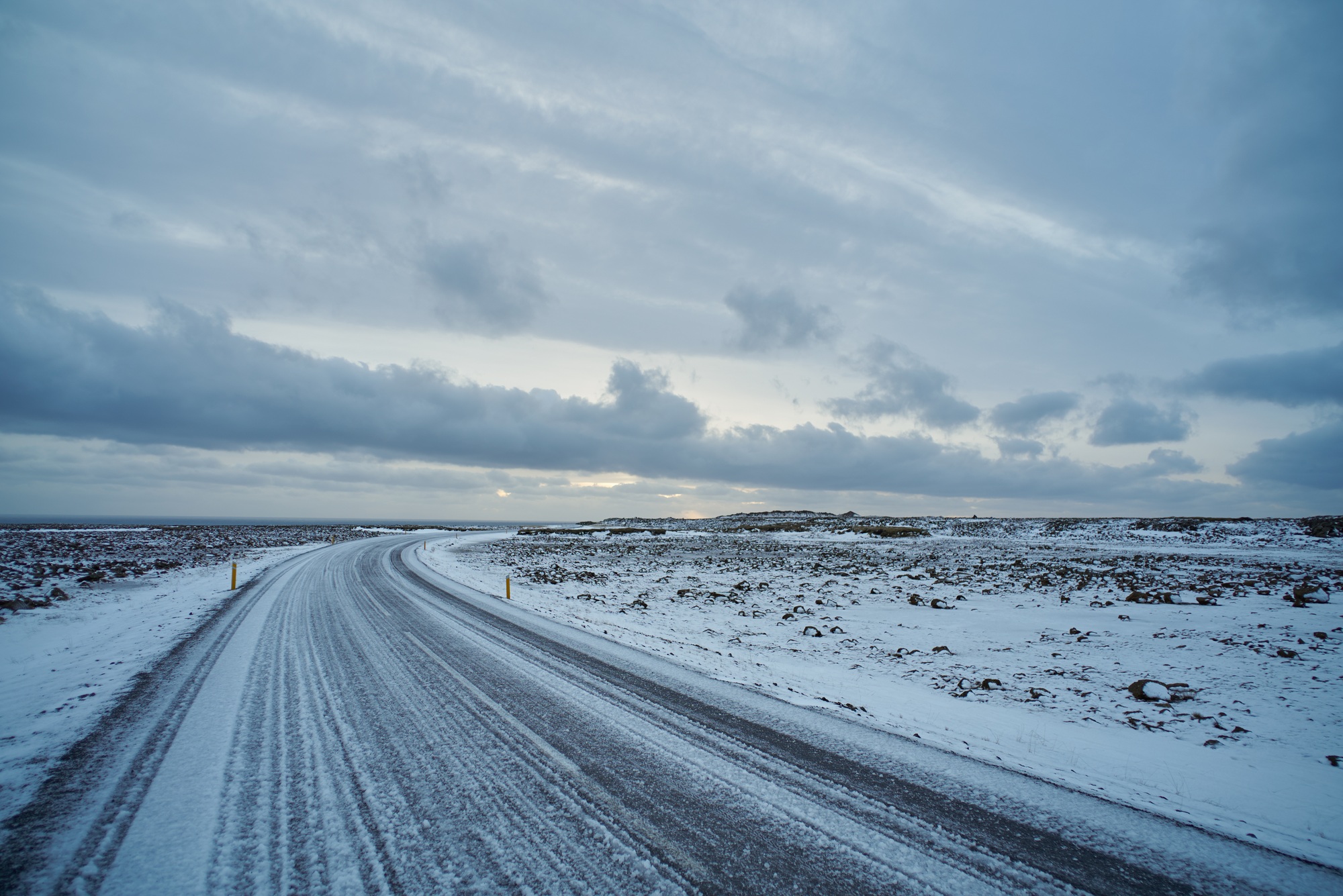Did you know that the CDC estimates about 1 million people are injured each year from falling on ice and snow? Even more alarming, about 17,000 of those falls are fatal. It’s a shocking statistic, especially for those of us living in colder climates where ice and snow are a part of daily life.
Slipping on ice can be more dangerous than most people think, but the good news is that with a few simple precautions, you can greatly reduce your risk. Let’s dive into what makes ice so dangerous and, more importantly, how to stay safe.
The Dangers of Falling on Ice
Slipping on ice might seem like a small accident but it can actually lead to some serious injuries. Common injuries from falls include broken bones, with hips, wrists, and ankles being the most at risk. A hard fall can also result in concussions or even serious spinal injuries. As temperatures drop, ice gets harder and slicker, making these falls not only painful but potentially life-changing. Ice that melts and re-freezes is especially dangerous.
For older adults, the danger is even higher. As we age, bones become more fragile and take longer to heal. A broken hip, for example, can lead to months of recovery and even permanent mobility issues. In some cases, these falls can be life-threatening, especially if medical care is delayed because of severe winter weather.
How to Prevent Slipping and Falling on Ice
So, how do you keep yourself and your family safe when ice and snow are everywhere? Start with a few simple steps:
1. Wear Proper Footwear
The right shoes can make all the difference. When you’re heading out in icy conditions, skip the sneakers or dress shoes and opt for insulated boots with non-slip soles. These provide much better traction on slick surfaces, reducing the chance that you’ll lose your balance.
2. Walk Carefully and Stay Aware
I know we’re all in a hurry, especially when it’s freezing outside, but it’s worth taking a little extra time to walk safely. Keep your steps short and steady—like a penguin! Lean slightly forward, take small, flat-footed steps, and keep your weight centered over your feet. And always stay aware of your surroundings—black ice can be invisible until you’re right on top of it.
3. Keep Your Hands Free
It’s tempting to carry all the groceries or shopping bags at once, but keeping your hands free can help you maintain your balance and grab onto something if you slip. If possible, use handrails on stairs and don’t be afraid to ask for help when you’re carrying something heavy.
Tips for Maintaining Safety at Home
Slipping and falling isn’t just a concern when you’re out and about—your home can be just as dangerous in winter. Here are a few quick tips for staying safe at home:
1. Salt or Sand Your Walkways
Keep a bag of rock salt or sand handy and regularly treat your driveways and sidewalks. This will help melt the ice and provide better traction as you walk.
2. Shovel Regularly
Don’t wait for snow to pile up—shovel your walkways regularly to keep paths clear. The less snow there is, the less ice will form.
3. Install Handrails and Use Floor Mats
Handrails can be a lifesaver, especially on stairs. Inside, place mats near the entryways so people can dry off their shoes before stepping onto potentially slick floors.
What to Do If You Fall
Even with all these precautions, accidents can still happen. If you do slip and fall, try to stay calm. Check yourself for injuries—especially in your hips, wrists, and head—and if something feels wrong, seek medical attention right away. Don’t try to get up too quickly, and if you need help, don’t hesitate to call for assistance.
Conclusion
Winter might be beautiful, but it’s important to respect the risks that come with ice and snow. By wearing proper footwear, staying mindful while walking, and maintaining your home’s walkways, you can greatly reduce the chances of slipping and falling. Stay safe this winter!







